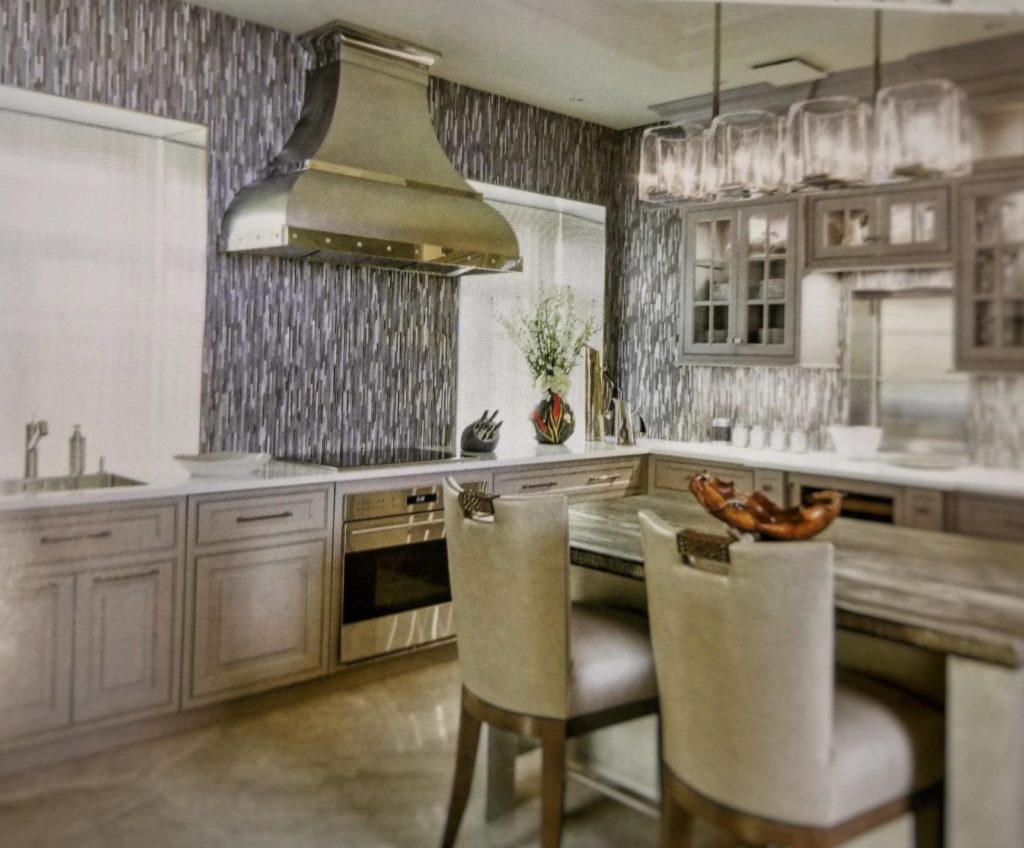Inspect when you receive it
At the time of getting the range hood, you should make sure that:

- You have inspected the different parts of the appliance at the time the shipment arrives.
- If there are shipping damages seen or any missing part, it can be resolved in a small timeframe between the appliance seller and the shipping carrier.
- It is better that one doesn’t wait for a long time to resolve the issue so that the renovation time frame isn’t messed up.
- Many manufacturers check the range hood components before they will ship them. The items are well-packaged well that the rigors of shipping are endured well. However, it’s perfect to check the package after opening so that you can report any issue so that replacements are obtained faster.
Duct Size and Type
You need to follow the recommendations of the manufacturer for the duct size and type when installing a range hood. Connecting a range hood to a small duct than specified will lead to loss of performance, and can cause overheating issues leading to mechanical failure.
All high-performance range hoods need the use of rigid ducting. Flexible ducting contains ridged walls, which make turbulence. Rather than a smooth stream, the airflow is randomized, causing loss of performance and more noise. Flexible ducting is susceptible to cracking and rupture, which can cost enough to locate and repair.
Ductless and Recirculation Installation
Though it is suggested to connect the range hood to an outside duct, there are circumstances where this is impossible. A lot of condominiums prohibit any modifications that pierce the outside walls of the building. Ultra-Modern condos exclude the possibility of an outside duct. The solution is installing the range hood in ductless, known as a recirculating mode. In this condition, the hood will use charcoal filters for absorbing odors, and then the scrubbed air is released back into the room. Activated charcoal is a form of carbon that is particularly processed for increasing its porousness and thus maximize its surface place.
Duct Discharge
One of the serious mistakes in range hood installation is terminating the duct in an enclosed space, for example, the attic. It will not just make the hood work improperly because of the back-pressure, but channeling the warm moist air from the kitchen into the attic space will cause a serious issue with mold growth.
Duct Termination
An outside duct that exits via a side wall should end with a duct cap, while roof-mounted ducts are sometimes terminated with a “U” shaped elbow, letting the air to exit while keeping out the rain and snow. Be sure that the cap is the same size and diameter as the duct – using a small cap will cause issues with airflow and static pressure. Irrespective of the type of termination, it is essential to have a damper (known as backdraft and airflow controller) at the end of the duct. The damper will keep the outside air from back-flowing into the duct.
Electrical Connection
One of the common mistakes with appliance installation is the electrical connection. The rule-of-thumb is easy: if an appliance comes with exposed wires, it must be hardwired; if it comes with a plug, it must be plugged in. Following this rule will avoid issues with the warranty of the manufacturer and potential problems with the inspection. Several high-end range hoods are supplied with a cord-and-plug assembly and must be connected to an appropriately grounded outlet.
Removing the Protective Film
High-end outdoor range hoods can be covered completely or partially with a protective film to avoid scratching during installation. For homeowners, it is common to get surprised when they unpack their range hood for the first time when few parts look white rather than stainless steel. Your installer should be familiar that this should stay in place during installation to prevent scratches when making adjustments.
Using the Wrong Duct Type and Size
Installing an outdoor range hood with a small duct leads to loss of performance and overheating issues that cause mechanical failure. High-performance range hoods need rigid ducting since flexible ducting makes turbulence due to its ridged walls. The airflow in flexible ducting is randomized rather than creating a smooth stream resulting in loss of performance and more noise.
Discharging to the Attic or Enclosed Space
Terminating the duct in an enclosed space like the attic is one of the serious mistakes you can make when installing an outdoor range hood. Channeling the warm moist air from your kitchen to your attic not just leads to mold growth but causes performance issues. The hood cannot operate effectively because of the backpressure in the attic space. It increases the likelihood of smoke being channeled back into the kitchen resulting in poor air quality.
Lack of Proper Support
Attaching the unit to the sheet-rock alone is one of the dangerous mistakes that can occur during a range hood installation. Any range hood needs to be attached to joists or structural beams irrespective of the weight to provide appropriate long-term support. Alternatively, you can use a cross-brace made from strong material like 3-quarter-inch plywood if there’s no joist or beam at the location where you intend to install a range hood.
Incorrect Height Measurements
Typical range hoods are installed 26-30” above the cooking place but can vary between 18-36” high. The perfect way to know which height works best for your hood is to check the recommendations of the manufacturer. Installing the range hood too high can decrease its efficiency to capture smoke and steam as it spreads out aggressively rather than rising perfectly in a straight line. Installing it too low can make it hard for cleaning and provides a limited headroom above your cooktop.
